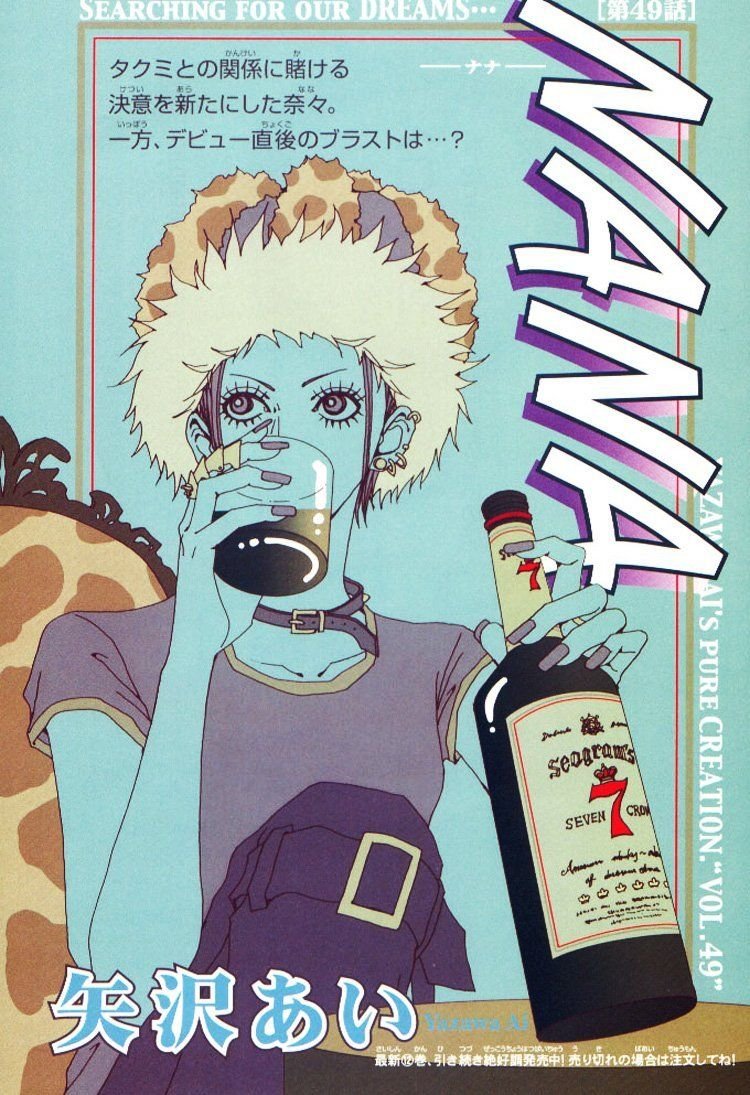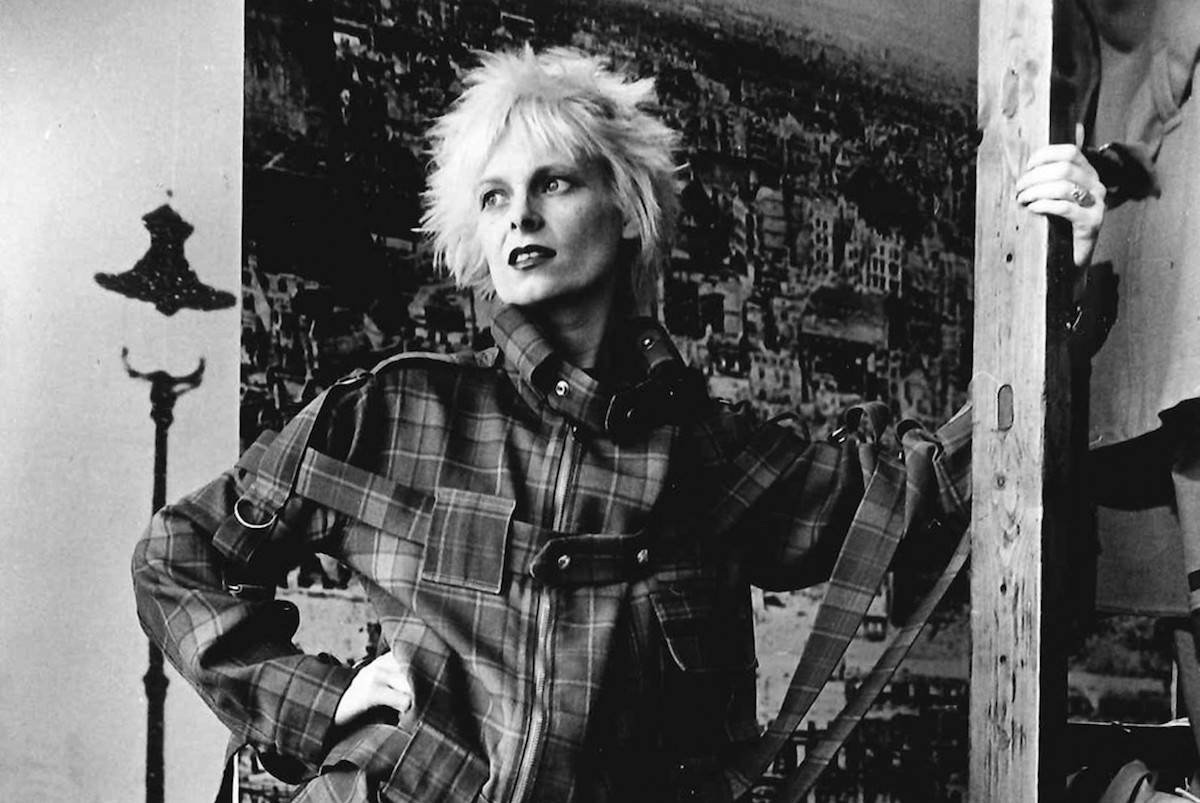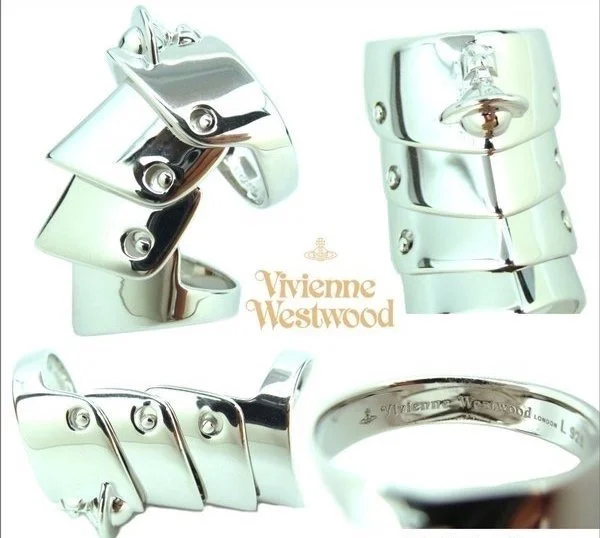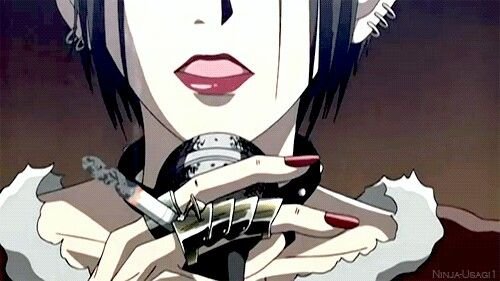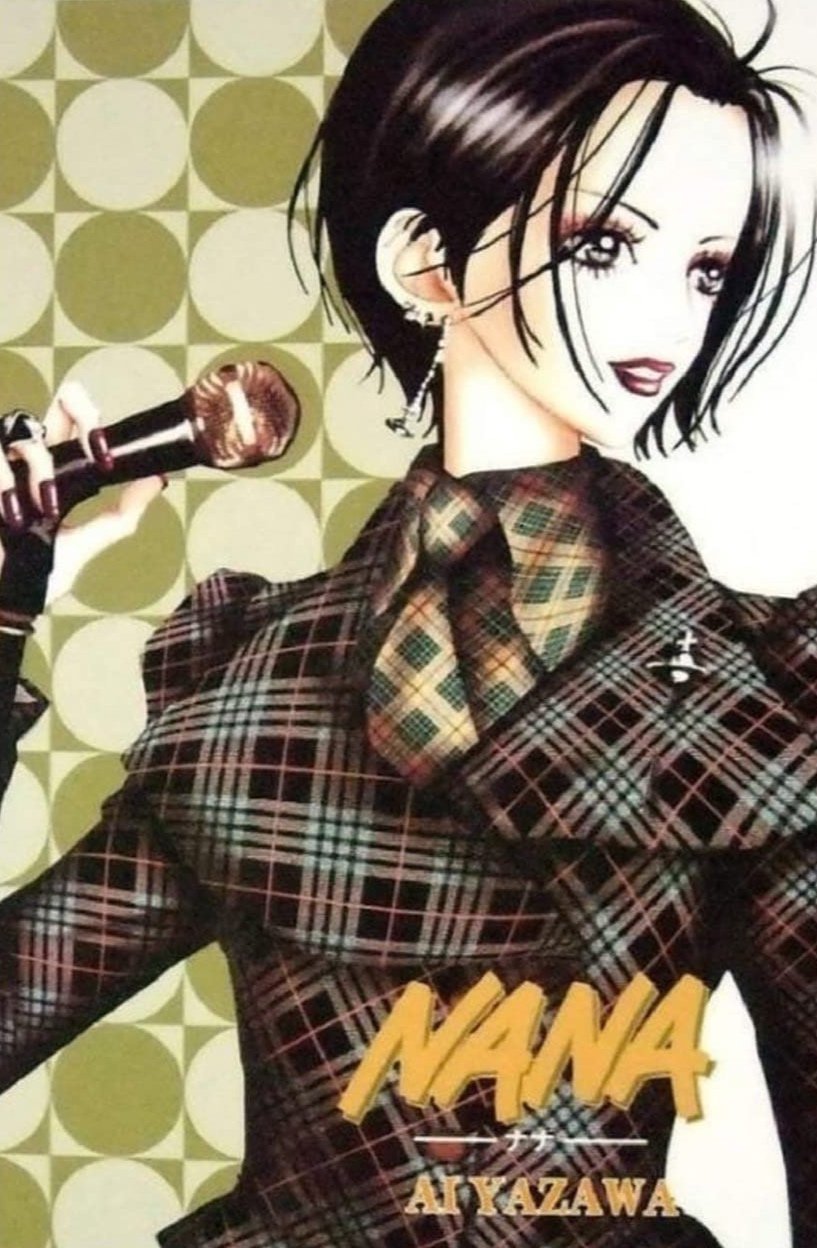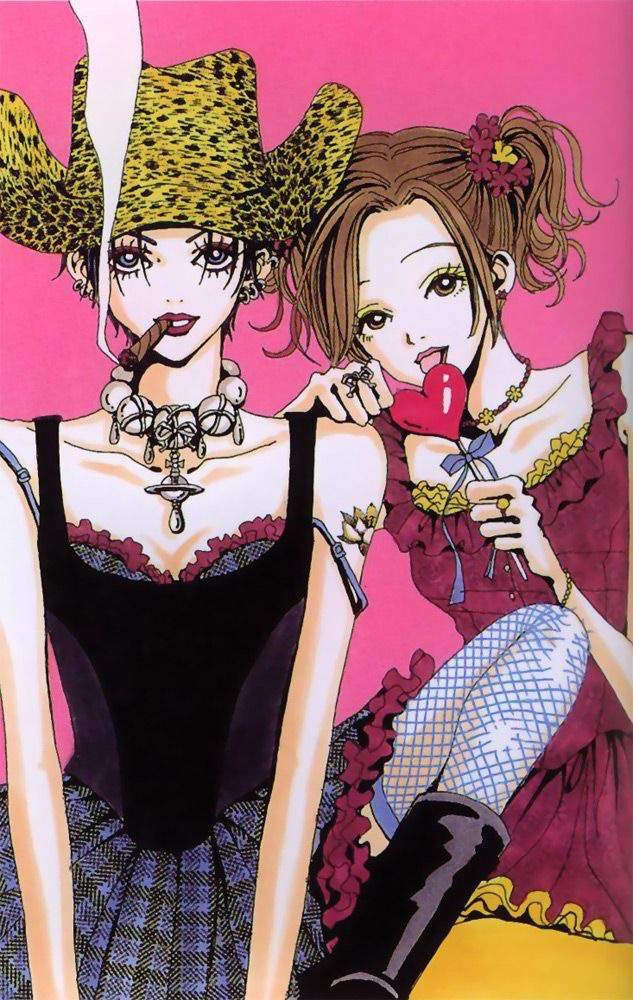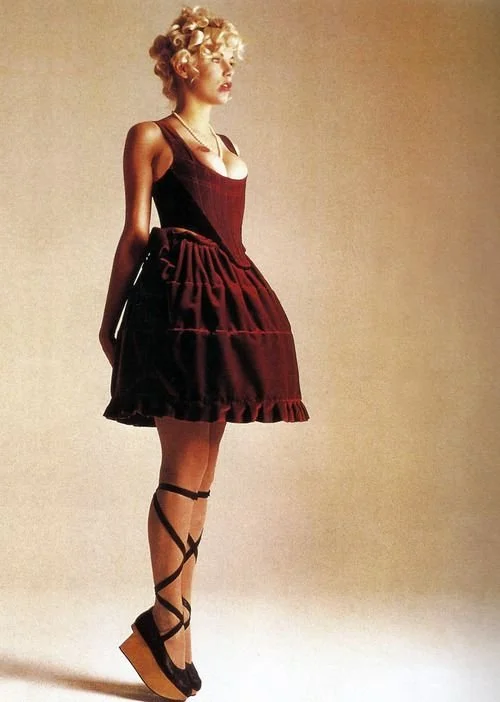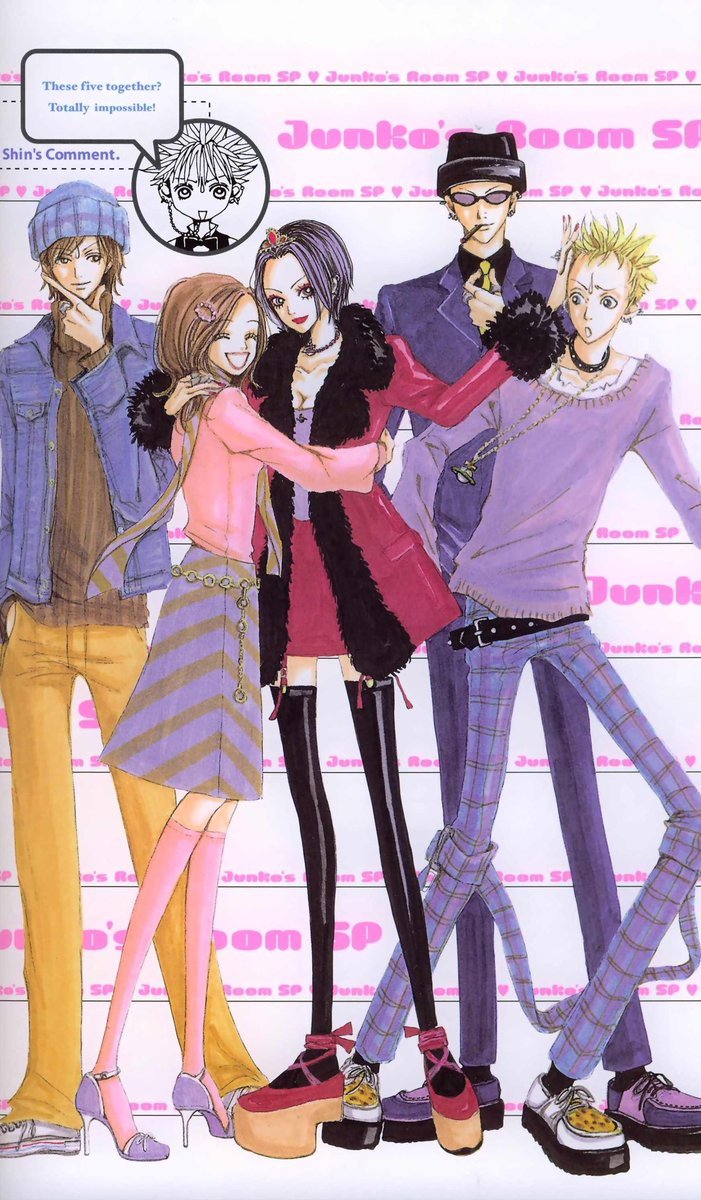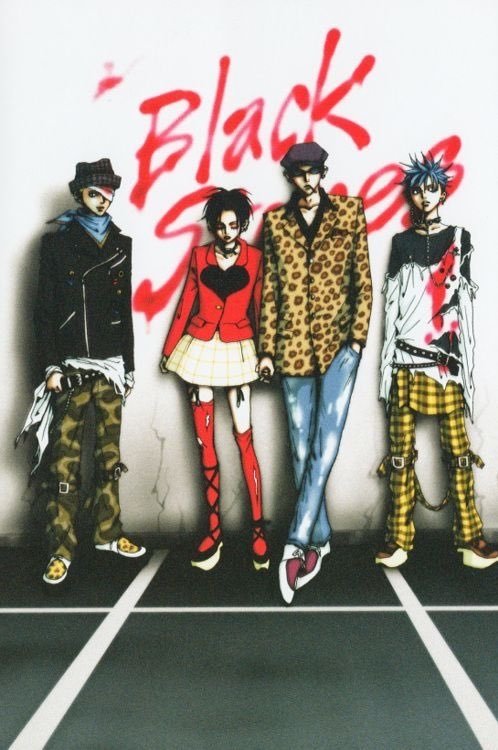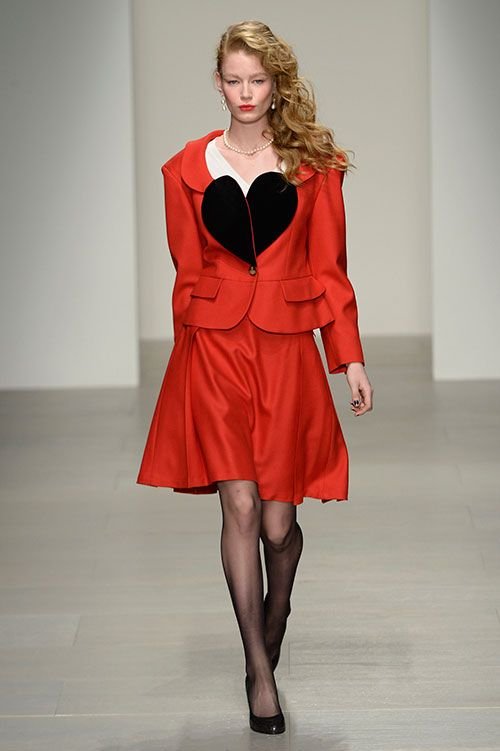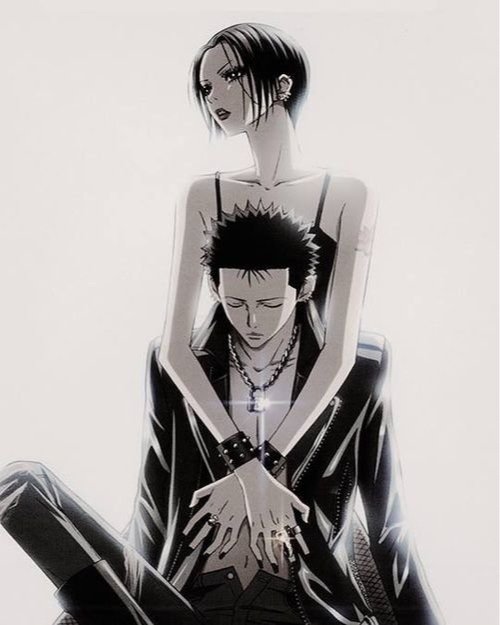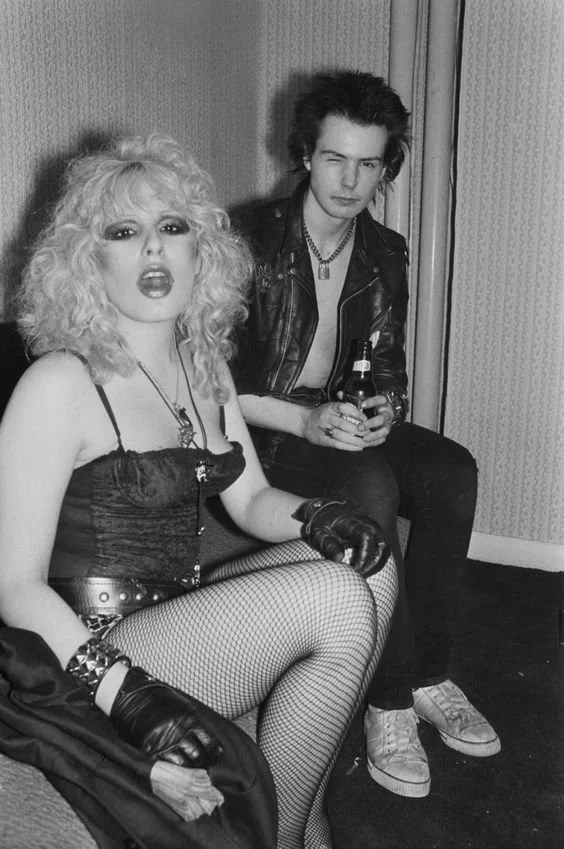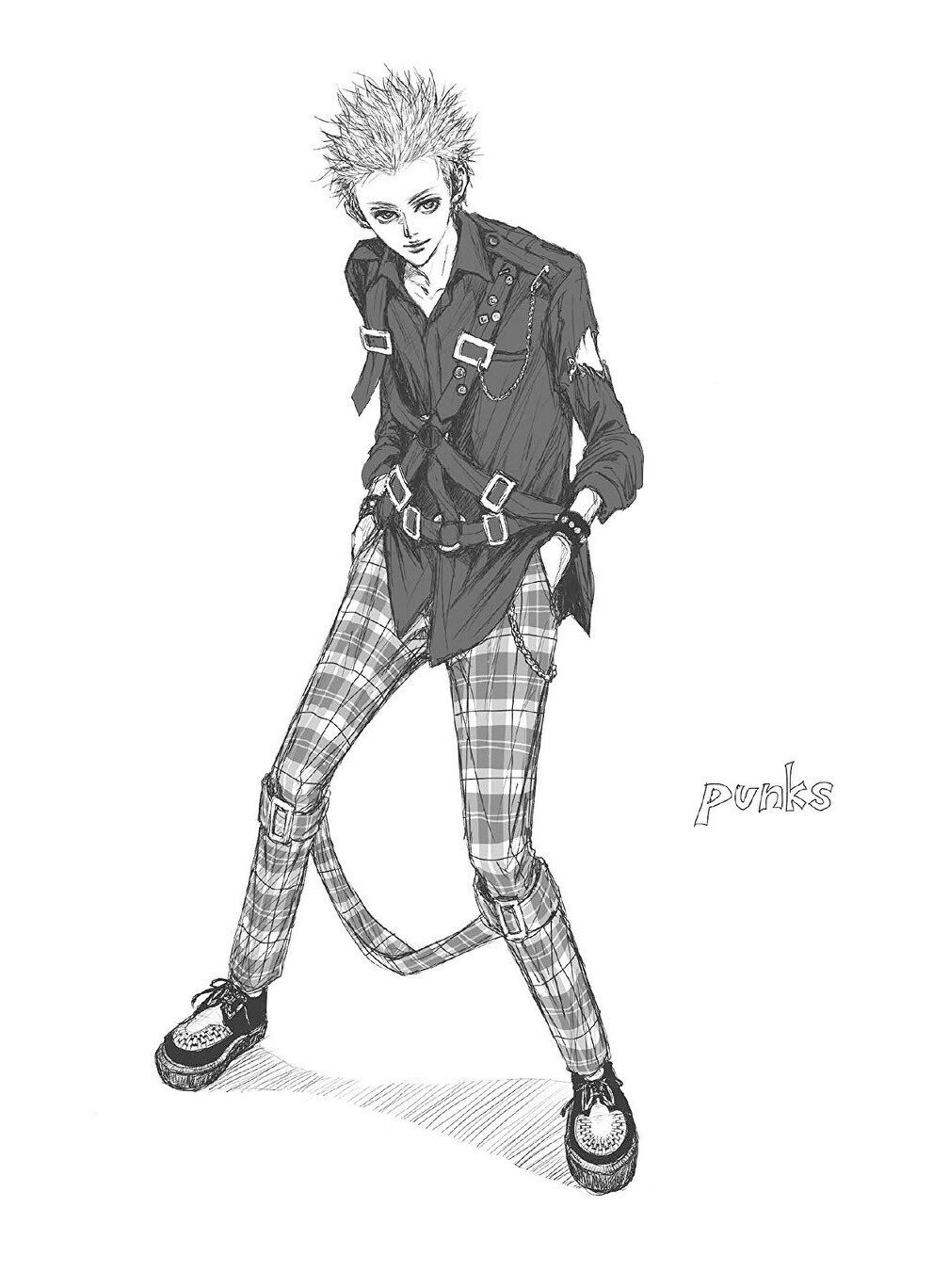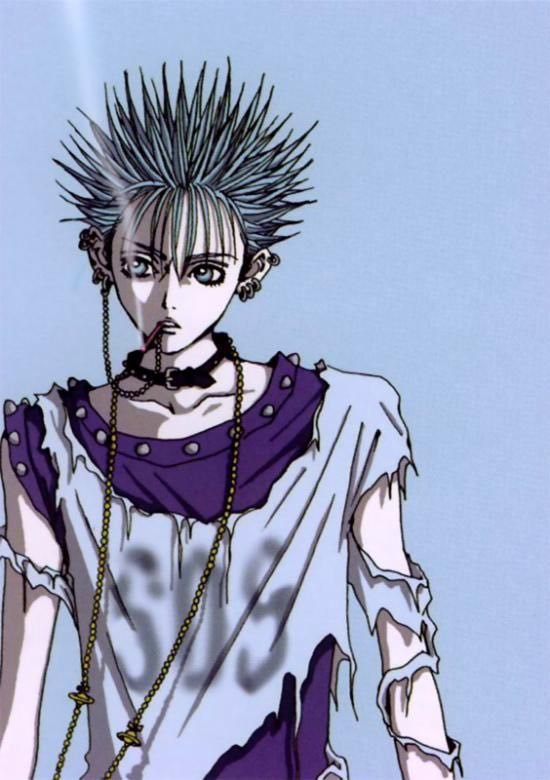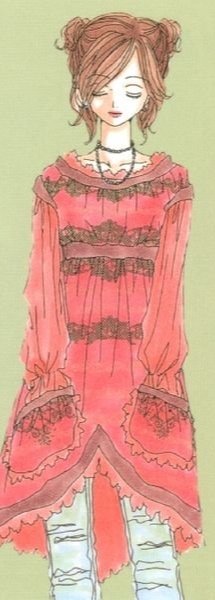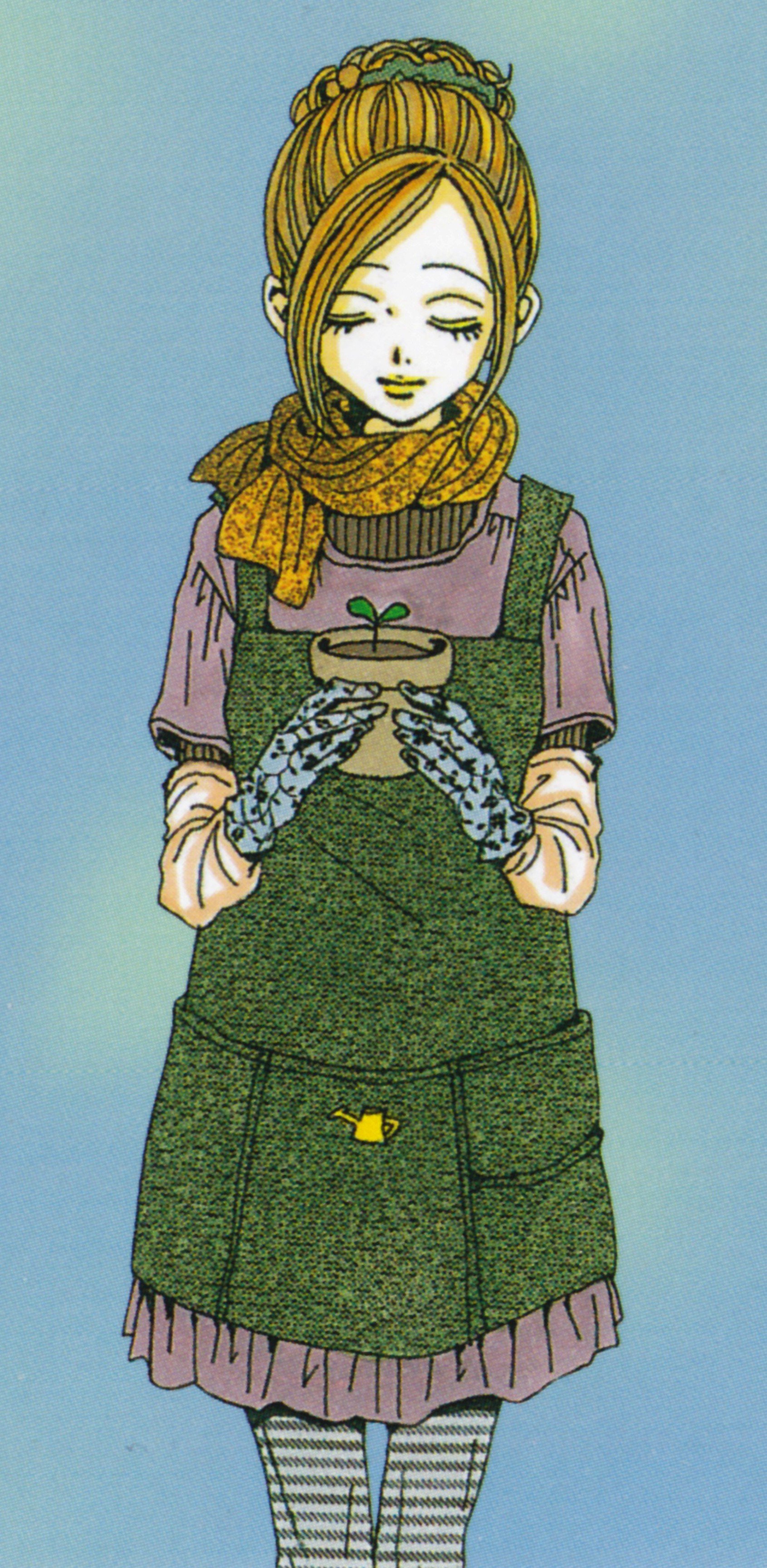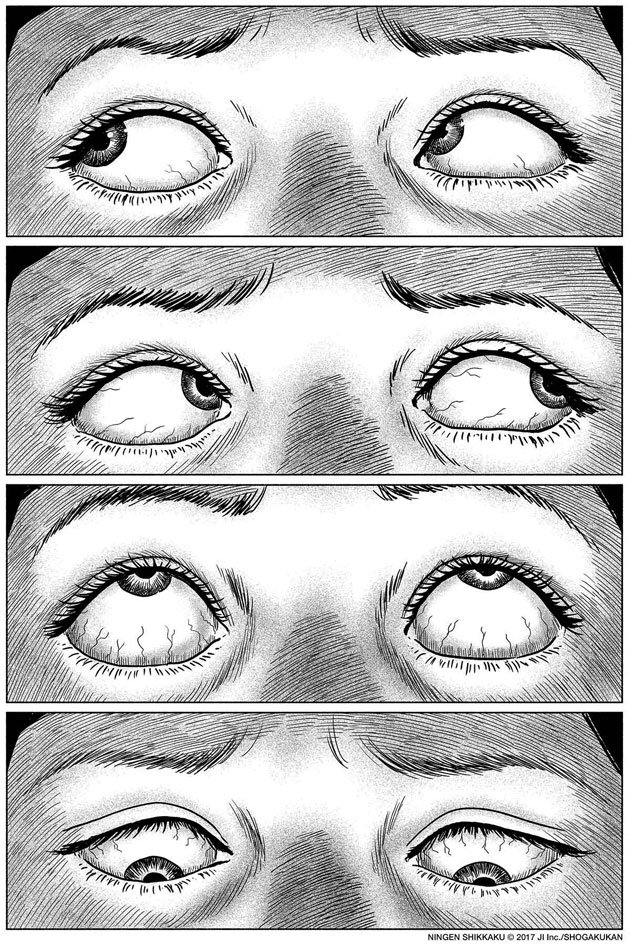Nana and Vivienne Westwood: A Manga’s Ode to Punk Style
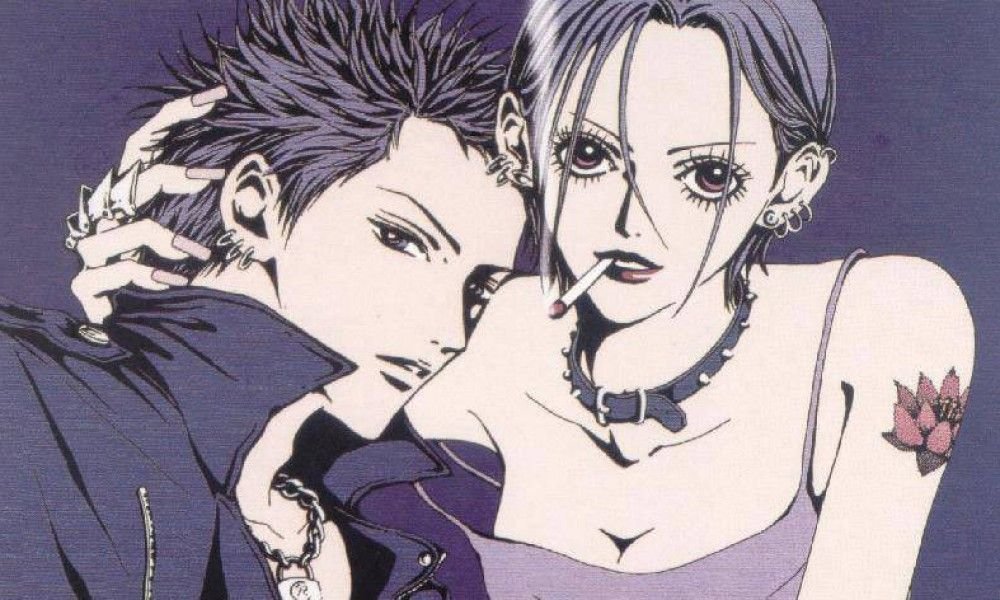
A story of coincidence turned timeless. Nana, Ai-Yazawa’s 2000’s josei manga masterpiece turned anime, ingeniously uses fashion to express its characters’ internal selves and conflicts, from lingering hopes to aching wounds.
The outfits showcased in Nana are heavily inspired by early Harajuku subcultures [Gyaru and Mori-Girl] plus Vivienne Westwood's pioneering punk designs, which gained traction in Japan during the 90s-00s. Ai Yazawa [the iconic mangaka behind the series] was a fashion school dropout choosing to pursue illustration instead. Infusing her fashion background into her work, Yazawa uses clothing to convey her character’s emotional states.
Nana on the cover of Cookie, a serialized josei manga magazine where Nana was first published
Nana centers on two 20-year old girls named Nana, who as if tied by destiny, sit next to each other on the same train to Tokyo both on a mission to change their lives. These recent strangers, Nana Osaki and Nana Komatsu, end up sharing the same apartment as roommates and become deeply enmeshed in each others’ ambitions, with Osaki climbing the steep path to punk rock stardom and Komatsu trying to forge her own identity without relying on romantic validation.
Both the anime and the manga discuss intimacy, trauma, self-determination, and punk-rock identity, topics that dive much deeper into the human experience than many other titles in the romance genre. Nana is truly a crash course on Y2K Tokyo subculture style, an underrated source of fashion education a decade after its publication on the era’s trends for readers today, and Yazawa’s love letter to the “Queen Of Punk” Vivienne Westwood.
NANA OZAKI’S STYLE PSYCHOLOGY: PUNK STYLE AS ARMOUR
Nana Osaki is known for having an alluring punk image that compliments her reserved and independent self. Osaki’s constant use of Vivienne Westwood pieces reflect her intimate ties to the punk community. Most notably, Nana is known for wearing Westwood’s “Armour” ring design in almost every chapter of the manga and episode of the series. Some fans speculate the “Armour” ring is a security blanket Nana uses to protect herself from the world’s cruelties.
Nana Osaki flexing her signature Armour ring (with a cigarette in hand, of course)
Nana also has a penchant for pleated tartan patterns and blazers in reference Vivienne’s collection “Anglomania”, especially the circa 1993-1994 collections.
Nana Osaki also frequently sports corset tops inspired by Westwood’s Mini-Crini designs and Victorian constructed mini skirts inspired by Westwood’s 1987 “Harris Tweed” collection.
Vivienne Westwood’s signature “Rocking Horse” platforms and other sky-high Westwood footwear also make appearances in Nana’s wardrobe in the manga and anime.
Some may confuse Nana Osaki’s rough exterior and punk identity for total confidence, but her artistic affiliation is just a fragment of her personality, hiding the parts of herself that continue to suffer from past traumas of dependency and abandonment. In many ways, Nana’s frequently donned chains and leather are an armour protecting her from being hurt again, and a cloak disguising her vulnerability. Whatever the reason for her toughness, Nana’s style is iconoclastic, challenging the stereotype that manga heroines must have more traditionally feminine exteriors or personalities.
AN IMITATION OF SID: REN HONjO’S HOMAGE TO THE SEX PISTOLS
One of anime's most infamous couples, Nana Osaki and Ren Honjo’s relationship is reminiscent of Sex Pistols’ bassist Sid Vicious and famous groupie Nancy Spungen. In both equally volatile pairings, Ren similarly to Sid, has a love for his partner bordering on obsession. Vivienne Westwood’s partner Malcolm McLaren, was in fact the manager of the Sex Pistols and Westwood would often design pieces with Sid in mind. Ren’s leather outfits and padlock necklace are direct references to Sid’s unhealthy attachment to Nancy, mimicked by his intense feelings for his first love Osaki. Regardless of the couple's intensity, Nana is careful not to glorify romantic obsession and often portrays their love as a cautionary tale of superficial glamour and unhealthy codependency.
Shinichi Okazaki : Punk Fashion As An Escape
The constant use of Vivienne Westwood's designs by the other members of Nana’s Punk Band BLAST, show the importance of styling choices as a signal of integration into a subculture. Loyalty to Vivienne Westwood's brand, in some ways shows a “crossing over” from normalcy/conformism to entering the punk lifestyle. This attitude is shown by BLAST bassist Shinichi Okazaki, as he goes from looking like an ordinary high schooler to wearing clothing inspired by Vivienne’s 1971 political designs and provocative tops from the 1974 “Bondage” collection.
Joining BLAST at the age of 15, Shinichi shortly after runs away from an unhappy home and adopts an adult like punk identity as an escape from his childhood traumas. Shinichi’s dedication to Westwood signals his premature transition into adulthood, and a desire to become a new person free from the past. He is the classic example of a naive boy forced to grow up too early, and sports fetish gear, T-shirts controversial political slogans, and style with a general air of toughness to fully express this sentiment.
NANA KOMATSU: PERSONALITY AND STYLE IN CONSTANT FLUX
Throughout Nana the spotlight shines bright on members of BLAST and other with long-standing devotion to Vivienne-inspired looks. However the series’ other protagonist Nana Komatsu [often referred to as Hachi] follows a more conventional life and style path, often dominated by her wish to be validated by her male romantic partners. She has no stable dreams; but is usually ever changing in her whims, frequently changing jobs and wardrobe in the hope of becoming a self reliant independent woman. Often she plays the role of awestruck fan, in her relationships with the members of Blast and Nana Osaki.
Originally dead set on being with her highschool boyfriend and attending art school, Hachi’s ambitions begin to shift as the series progresses. She is quick to leave and enter relationships since love for her is a way of fulfilling an emptiness caused by her lack of commitment to a specific passion. Hachi’s fashion represents how much of a fickle girl she is.
Hachi dressed in a variety of outfits, according to what dream/career she is chasing
While in art school, she matched her friend’s Junko 70s bohemian art vibe with loose baggy pants and head scarves. As she gets closer to Osaki and her bandmates, she starts wearing Westwood jewelry as a sign of her joining their artistic world. Hachi’s style is hard to classify and draws upon Mori and Gyaru subculture which was popular at the time. In general, she tends to wear housewife-inspired dresses in pastel tones that match her feminine energy and search for male validation.
NANA Forever: A Manga with Lasting Style Inspiration
Nana’s raw portrayal of self-determination through art and reinvention of one’s self-image continues to resonate with the youthful longing of finding the ideal self and being loved for it. It’s no coincidence that a manga all about the searching for identity so artfully uses fashion as a visual expression of this search.
Although both protagonists hold a strong bond, their opposing experiences with love and attachment often cause misunderstandings. As their paths keep getting farther apart, they start questioning how the other one withstands their deteriorating friendship. Komatsu and Osaki’s relationship demonstrates the isolation in one’s early 20s, a time when everybody seems to be too immersed in trying to decide who they ought to be. The show deviates from the expected “love beats all” maxim, and warns that no matter how much one person means to you, it is impossible to make them fully belong to you forever.
Words by Ligia Garcia: A Dominican communication and psychology student fascinated by the intersection of media consumption and identity building. Her current interests include anime, confessional poetry, and the bizarre world of online communities and fandoms.
Edited by Ora Margolis
Art Direction by Ora Margolis and Ligia Garcia


